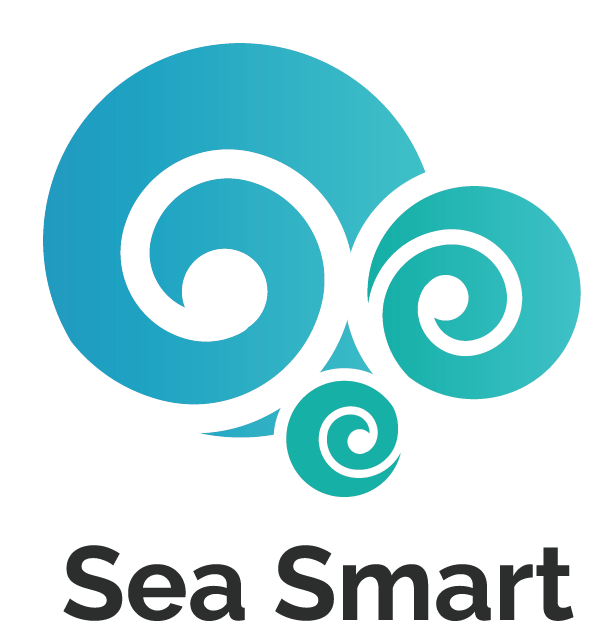Why We Should Care About Plastic Pollution
Have you ever heard of the Great Pacific Garbage Patch? It’s a giant floating mass of plastic waste brought together by various ocean currents between Hawaii and California. It’s twice the size of the state of Texas! Ocean garbage patches are one of the most visible indicators of just how much plastic is in our ocean today.
While plastics have been in use for many decades, it’s an extremely current issue - half of all plastics ever manufactured have been made in the last 15 years. In fact, plastic pollution is one of the most urgent environmental issues. It contributes to the rapid acceleration of global warming, causing floods, forest fires, and other calamities to become more severe and more frequent. Plus, it’s having a direct and negative impact on marine (and land) life.
Let’s dig into where plastic comes from, how it impacts marine life, and more importantly - what we can do about it.
WHERE DOES PLASTIC COME FROM?
Plastics are made from fossil fuels and were created approximately a century ago. It was an amazing invention that transformed every aspect of our lives. It has revolutionized the healthcare industry with life-saving devices, decreased the weight of cars and jets (which in turn reduces fuel usage), and made other innovations possible, such as helmets, incubators, and filters.
While plastics have created many modern conveniences, they have unfortunately led to a tremendous amount of waste around the globe. Single-use plastics account for 40 percent of the plastic produced every year. Most of these products, such as plastic bags and food wrappers, have a very short lifespan of a few minutes or hours. When they are eventually disposed of, they affect the environment for centuries.
WHAT HAPPENS WHEN PLASTIC IS IN THE OCEAN?
Once plastic is in the ocean, sunlight, wind, and waves break down plastic waste into small particles, often less than one-fifth of an inch across. These “microplastics” are spread throughout the ocean and have been discovered everywhere in the world.
Microplastics further break down into smaller and smaller pieces and are everywhere in our environment. Plastic microfibers, for example, have been found in municipal drinking water systems and drifting through the air.
HOW DOES PLASTIC AFFECT MARINE LIFE?
ENTANGLEMENT: Seals, whales, turtles, and other animals are strangled by abandoned fishing gear or discarded six-pack rings. When you throw out any packaging, cut rings and loops that could get caught around an animal's neck. Or even better - avoid purchasing with plastic packaging.
DIGESTION ISSUES: If eaten, the sharp edges of plastic pieces often cause damage to the digestive tract. In the stomach, plastic causes the animals to think they're full, preventing them from eating and gaining the nutrients they need to survive. With a full belly of plastic, animals will slowly starve to death.
MICROPLASTIC POISONING: Plastics never really break down fully - they just get smaller and smaller until they become microplastics. Over time, they can cause build-ups or even poisoning. Microplastics have also been found in more than 100 aquatic species, including fish, shrimp, and mussels destined for our dinner plates.
REPRODUCTIVE ISSUES: Scientific research has confirmed that microplastics and nanofibers are causing damage to reproductive systems. Some species, such as oysters, are consistently producing fewer eggs. This problem is contributing to the eventual extinction of many of our beloved marine species.
HOW DO WE SAVE OUR OCEAN?
It’s very difficult to retrieve plastic waste from the ocean. The best solution is to prevent plastic from entering the ocean in the first place. This can be tackled through many approaches including:
Municipal policy changes such as how Vancouver banned plastic shopping bags at the beginning of 2022
Manufacture processes such as reducing plastic packaging on consumer products
Consumer habits such as buying “naked” (unpackaged) produce, bringing a reusable water bottle, and properly sorting recycling and garbage
It’s never too late to make a difference. As individuals, we have the power to reduce our plastic consumption.
This summer, take the Plastic Free July challenge to change your plastic footprint one daily habit at a time. You’ll learn all sorts of tips and tricks on affordable, attainable ways to live a more sustainable life. If you miss the challenge in July, that okay - these tips are useful all year long.
Make it stand out
Whatever it is, the way you tell your story online can make all the difference.
If you want to make a difference for the oceans - join us and be a part of the change.



